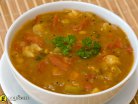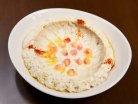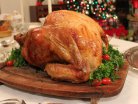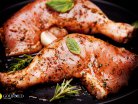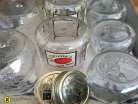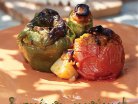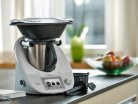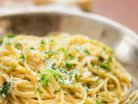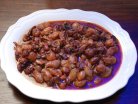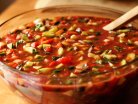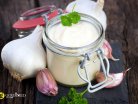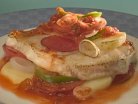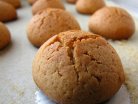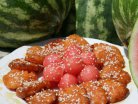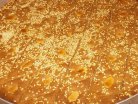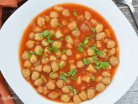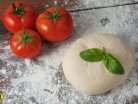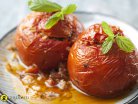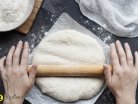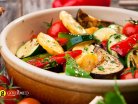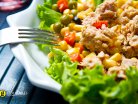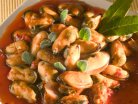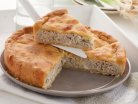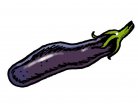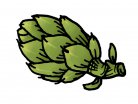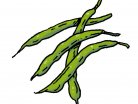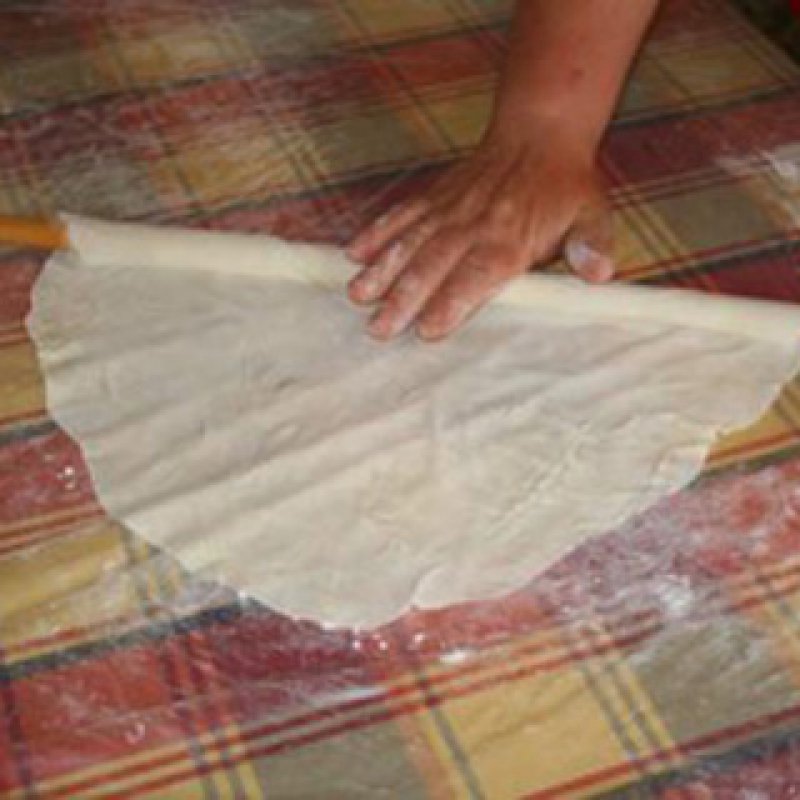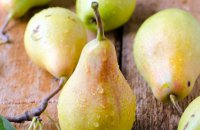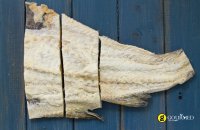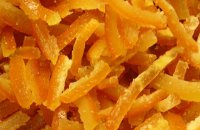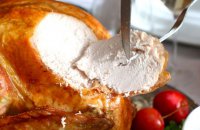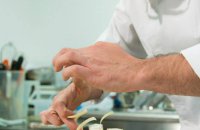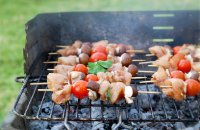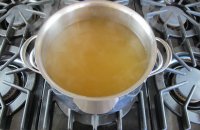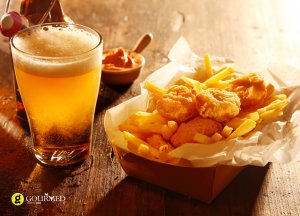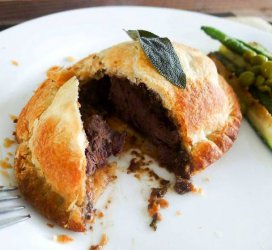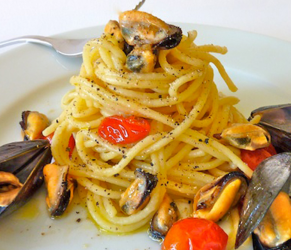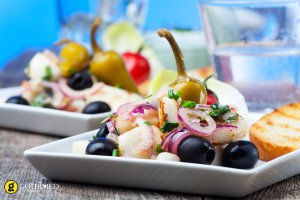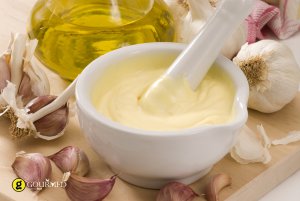The necessities for making dough...
Dough hook
If you have a set of beaters on a stand that came with your electric mixer, check if it includes a dough hook attachment. It may be a consideration when purchasing your next mixer as the attachment does take most of the hard work out of making dough. A single dough hook is more affective than an electric mixer that comes with two beaters. You can use the dough hook to make the dough and then knead it, reducing time and muscle action.
Flour
You can use many different flours to create a base dough. Flours such as soya, rye, wholemeal and chick pea can be used. With heavier flours such as rye, soya and chick pea, you may wish to use half plain (all-purpose) flour and half of the heavier flour so the dough is not too dense.
Seeds
Seeds can be kneaded into the dough, before baking, for flavour or sprinkled over a dough that has been brushed with oil, water or egg. Try to include sesame, linseed, poppy, sunflower and pumpkin seeds.
Muscles
Make sure yours are in good working order if you don't have an electric mixer with a dough hook or just for the normal kneading and rolling that making dough requires.
Yeast
I prefer dry yeast for convenience, but make sure it hasn't run past its expiry date as then it may not activate. The first step in the basic dough recipe is a good test to ensure the yeast is alive as the bubbles on the surface of the mixture signal activity. Yeast needs warmth, sugar and moisture to grow. Too much heat, sugar, salt or fat may kill the yeast. Yeast works by releasing tiny bubbles of carbon dioxide therefore making the dough stretch and rise.
Rolling pins
These come in a variety of shapes, sizes and materials such, as wood, plastic, marble and steel. Choose one according to your frequency of use and make sure that you feel comfortable using it to roll an even dough. There is no need to wash wooden rolling pins, simply wipe clean and remove any sticky dough using a pastry scraper or blunt knife.
Tips for success
- When adding the water to the yeast mixture, make sure that it is lukewarm. If the temperature is hotter, it may kill or deactivate the yeast.
- Yeast is a living organism that needs sugar, its form of food, to activate the yeast. But know that too much sugar will also kill the yeast, as will salt,
- When kneading, fold the front of the dough to the middle, press it into the centre and then press forward with your hand. Use the other hand to give the dough a quarter turn and repeat the process until the dough is smooth and elastic.
- The dough is kneaded sufficiently when it feels smooth and elastic. If you press it with your thumb, it should bounce back.
- When yeast is rising, keep it covered, away from draughts and warm, but don't let it get too hot either or the yeast will die. The optimum temperature for yeast to grow is 27°C (80°F).
- Cool the cooked bread on wire racks to ensure it has a crisp crust.
- The dough needs to be kneaded sufficiently so that the gluten strands in the flour are developed and elastic. Then, when the yeast gives off its carbon dioxide, raising and aerating, the dough will stretch and hold like a framework.
- Add sugar, fruits, vegetables and other flavourings after the first rising of the dough to avoid destroying the yeast.

